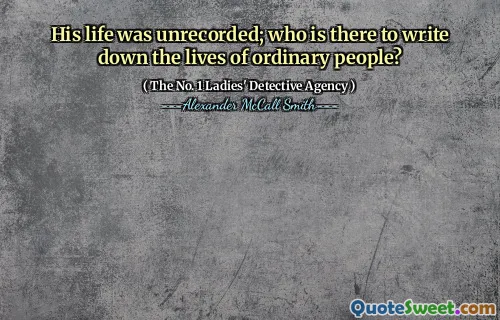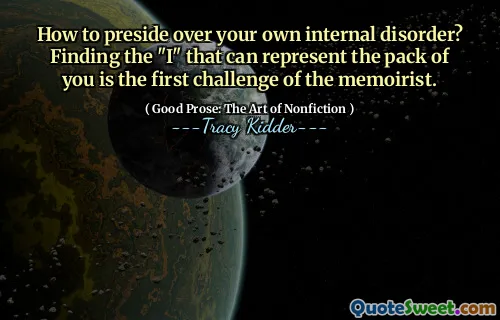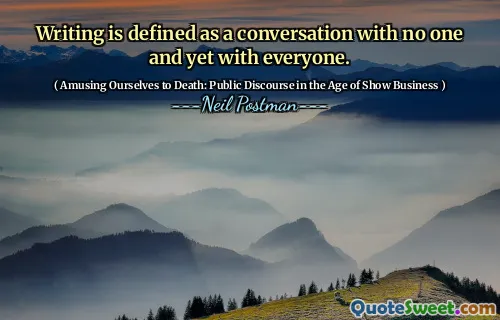
Action is the pulse of any good story, but the character is the heart. If the action has no consequence to the character, the story loses heart.
Stories are fundamentally about human experience, and at their core, they thrive on the connection between the events that unfold and the characters who live through them. Action breathes life into a narrative; it propels the plot forward and keeps the reader engaged physically and emotionally. However, without a meaningful connection to the characters — their motivations, fears, desires, and growth — the actions can feel hollow or superficial. When actions are detached from character development, the story risks losing its emotional resonance, becoming mere sequence without depth.
Characters serve as the emotional center of a story. They provide context for actions, making them relatable or impactful. Actions that carry significance for characters create stakes and deepen the narrative. For instance, a hero risking everything not just because they are brave but because they care about someone or something lends authenticity. Conversely, actions without emotional consequence can make a story feel disjointed or superficial, lacking the heart that motivates genuine engagement.
Effective storytelling intertwines action and character development seamlessly—each action reflects character growth or underscores their internal struggles. As we become emotionally invested in characters, their decisions and movements become meaningful. When readers see characters reacting realistically to events, their empathy grows, increasing investment in the story.
Ultimately, a compelling story hinges on the alignment of action and character. Without this harmony, stories risk becoming mechanical or forgettable. It’s the integration of impactful actions with character consequence that transforms a simple sequence of events into a compelling narrative that resonates deeply with audiences.











